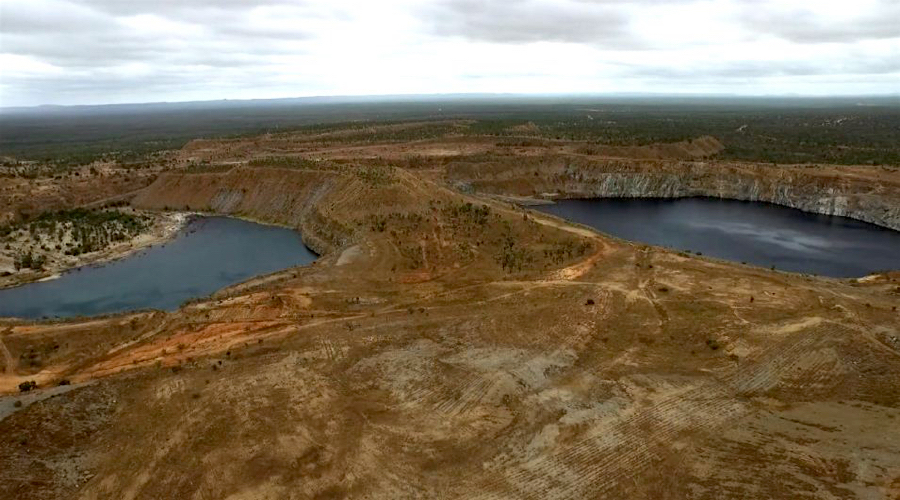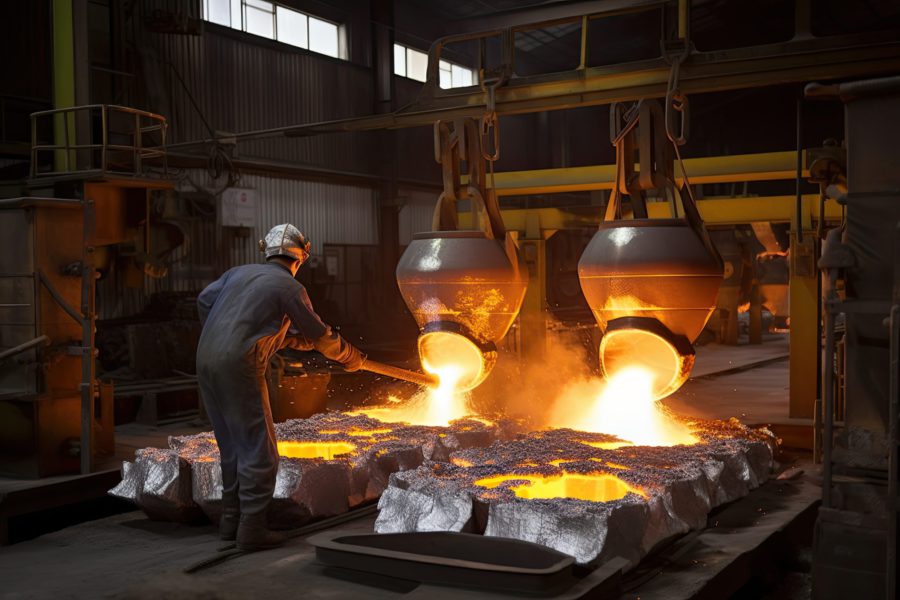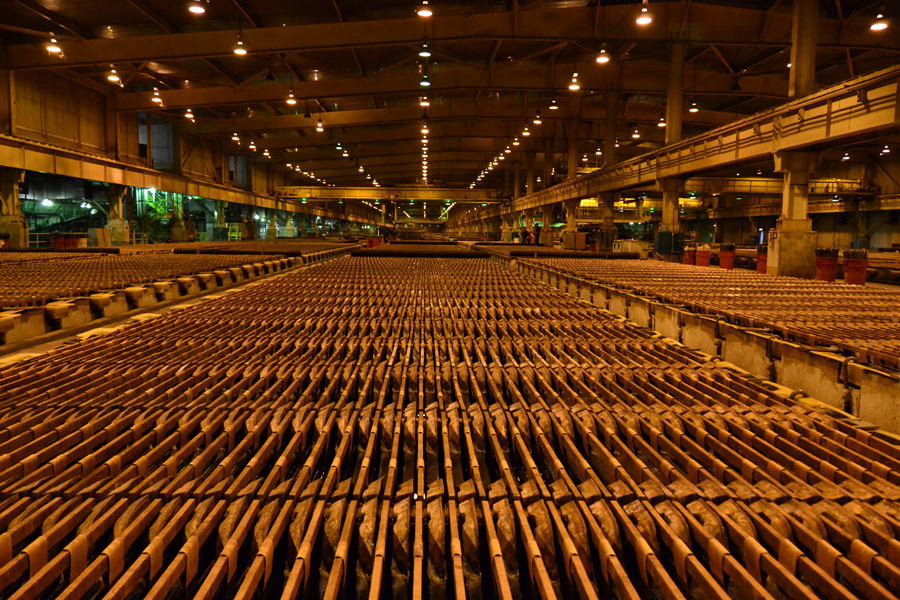Abandoned Aussie gold mine to become renewable energy hub

Australia’s Kidston gold mine, which ceased operations in 2001, is about to be turned into a massive and novel renewable generation plant, thanks to Genex, a company run by the great-great-grandson of a former Queensland premier from the turn of the century, William Kidston.
Backed by funding from the Australian government, Genex plans to reuse the two 300 metres-deep craters on site for a world-first pumped hydroelectric energy storage (PHES) system, combined with an integrated solar farm.
Genex will reuse the two 300 metres-deep craters on site for a world-first pumped hydroelectric energy storage (PHES) system, combined with an integrated solar farm.
“We’re not aware of any examples anywhere else in the world where there is a large pumped storage system, or any efficient storage mechanism, with a renewable generation component attached to it – not on the scale we’re talking about,” Genex executive director, Simon Kidston, told Energy and Mines.
The project, located in Northern Queensland, consist of two facilities. One is a 50-megawatt solar farm, currently under construction, which is expected to generate the necessary power to pump water in the reservoirs to store the energy, besides supplying enough energy to power about 27,600 homes. It will cost roughly $100m and is scheduled for completion by the end of 2017.
The other is he PHES system itself, which is expected to supply a maximum of 2,250 MWh of continuous power generation in a single generation cycle.

Satellite image of the Kidston site. (Image courtesy of Genex)
Together, the production and storage systems will make the Genex project in Kidston the first large-scale off-river solution.
Pumped hydro is one of the most affordable and commonly used forms of industrial-scale energy storage globally, accounting for nearly 99% of the market. The technique allows the storage of renewable energy from wind and solar, instantly transmitting it to the grid during periods of peak demand, or in the event of an unplanned network outage.
There are already 72 renewable energy projects in Queensland, mostly biomass using sugarcane waste. Only 10 are solar, 11 are hydro, two are wind-powered and there is also one geothermal project at Birdsville.
More News
{{ commodity.name }}
{{ post.title }}
{{ post.date }}



2 Comments
Matthew Brook
There has been another pumped storage facility built in Canada about 5 years ago with 10mw turbines. But good on Genex for this project.
Kenneth Viney
Some small critic of this article as follows:
1) a much larger Ca.project has FERC APPROVAL in Riverside Ca. EAGLE CREST PUMP STORAGE PROJECT
2) has a average head of 1,200 feet and a potential of 1,300 MW so is 4 times the size of the Genex 300 MW project
3)is closer to load as Palm Springs Ca.is 50 miles by existing transmission lines.
4) Ca. has legislated that 50% of its power come from eco friendly sources by 2030 so storage is required
CoastalGen completed some preliminary pre-feed studies in 2006-07 for Art Lowe before he passed away. Now his son Steve Lowe’s Company EAGLE CREST ENERGY is promoting the project with help from FERC and the BLM. Rumor has it that the TRUMP FOR PRESIDENT TEAM is behind this green eco friendly project.